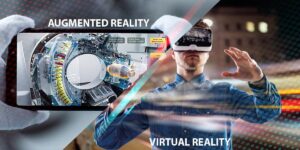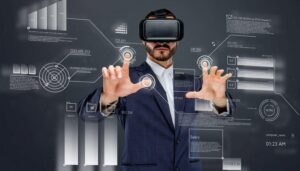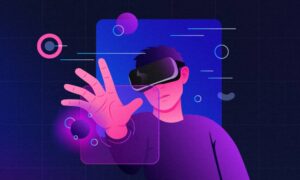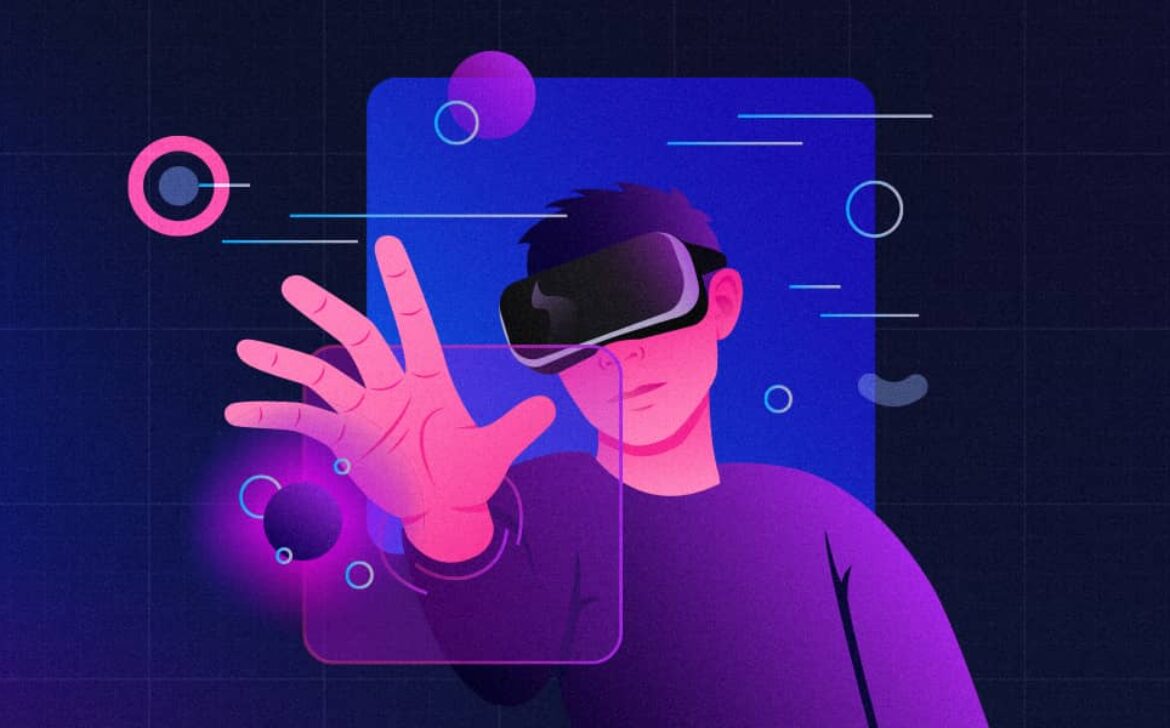The Immersive Future: Exploring AR and VR Technology
Augmented Reality (AR) and Virtual Reality (VR) technology were once considered futuristic concepts. Today, they have become integral parts of mainstream tech, transforming industries from gaming to healthcare. This blog explores the world of Augmented Reality and Virtual Reality technology, their applications, benefits, and the future they promise. Augmented Reality (AR) technology enhances the real world by overlaying digital elements such as images, sounds, or data. Unlike Virtual Reality, which creates a fully immersive digital environment, AR adds digital information to our physical surroundings. Devices like smartphones, tablets, and AR glasses are commonly used to experience AR. Virtual Reality (VR) technology immerses users in a fully digital environment, disconnecting them from the real world. VR headsets and controllers let users interact with digital spaces as if they were real. The future of Augmented Reality and Virtual Reality technology looks promising. Advances in technology, including AI and 5G, will make these experiences more immersive and accessible. Expect to see more intuitive AR and VR applications in everyday life, from virtual workspaces to interactive social interactions. Find out what the future holds for AR and VR. AR and VR are not just trends; they are transformative technologies reshaping many aspects of our lives. As these technologies evolve, they will continue to offer innovative solutions and create new experiences. Embracing Augmented Reality and Virtual Reality technology will make our future more interactive and immersive.

The Immersive Future: Exploring Augmented Reality and Virtual Reality Technology
Introduction
What is Augmented Reality (AR)?
Applications of AR

What is Virtual Reality (VR)?
Applications of VR

Benefits of AR and VR
Challenges and Considerations

The Future of AR and VR
Conclusion


